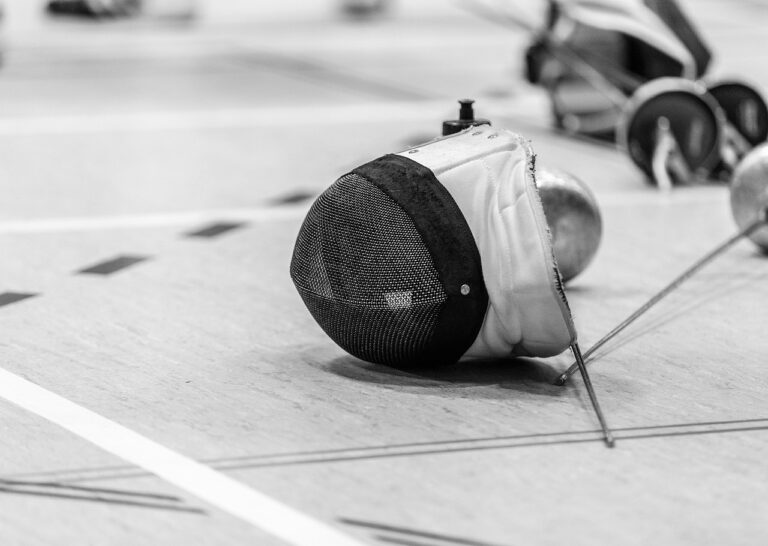Plastic Surgery for Facial Deformities: Haptic Feedback in Virtual Surgical Simulation: 99exch.com login, Laser247 com, Yolo 24/7 login
99exch.com login, laser247 com, yolo 24/7 login: Plastic surgery for facial deformities has come a long way in recent years, thanks to advancements in technology that have made virtual surgical simulation a valuable tool for both surgeons and patients. One key aspect of this technology is haptic feedback, which provides a sense of touch and pressure during virtual surgery, allowing surgeons to practice and refine their skills before performing actual procedures on patients.
Haptic feedback is a crucial component of virtual surgical simulation because it enables surgeons to feel the resistance and texture of tissues as they would in a real operating room. This tactile feedback helps them develop the necessary dexterity and precision required for delicate procedures, such as craniofacial surgeries. By using haptic feedback in virtual simulations, surgeons can improve their technique, reduce the risk of errors, and ultimately achieve better outcomes for patients.
Virtual surgical simulation also benefits patients by allowing them to visualize the projected results of their surgery and make more informed decisions about their treatment options. Being able to see a realistic 3D representation of their face post-surgery can alleviate anxiety and uncertainty, ultimately leading to higher patient satisfaction.
Moreover, virtual surgical simulation with haptic feedback can significantly reduce the time and cost associated with traditional surgical training. Surgeons can practice various techniques and scenarios in a risk-free environment, enhancing their skills without the need for expensive cadaver labs or live surgeries. Additionally, the ability to repeat simulations as often as needed enables continuous improvement and proficiency in complex procedures.
FAQs:
1. What types of facial deformities can be treated with virtual surgical simulation?
Virtual surgical simulation can be used to address a wide range of facial deformities, including cleft lip and palate, facial asymmetry, congenital abnormalities, and trauma-related injuries.
2. Is virtual surgical simulation with haptic feedback safe?
Yes, virtual surgical simulation with haptic feedback is safe for both surgeons and patients. The technology allows surgeons to practice and refine their skills without any risk to patients, ensuring better outcomes when performing actual surgeries.
3. How does haptic feedback enhance the virtual surgical simulation experience?
Haptic feedback provides surgeons with a sense of touch and pressure, enabling them to feel the resistance and texture of tissues as they would during a real surgery. This tactile feedback helps improve dexterity, precision, and overall surgical technique.
4. Can virtual surgical simulation replace traditional surgical training?
While virtual surgical simulation is a valuable tool for training and skill development, it is not meant to replace traditional surgical training entirely. It complements hands-on experience and provides an additional means for surgeons to hone their skills.
In conclusion, plastic surgery for facial deformities has been revolutionized by virtual surgical simulation with haptic feedback. This technology offers a safe and effective way for surgeons to practice and refine their skills while providing patients with a clearer understanding of their treatment options. By harnessing the power of virtual simulation, surgeons can deliver better outcomes and improve the overall patient experience.







